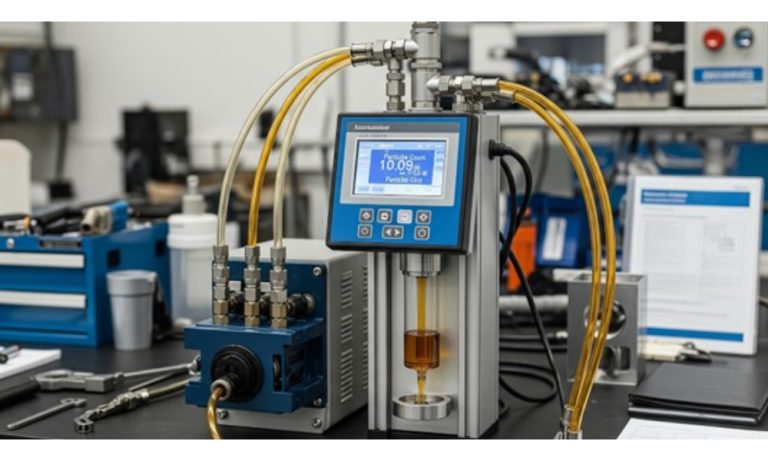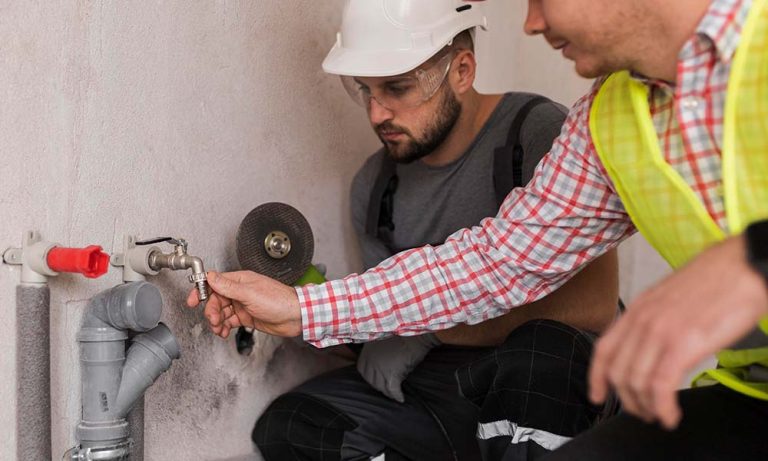When you cross an international border (like the one between the United States and Canada), a high-value item—like your car—would be considered an import. And because of this, you have to follow a specific Clearit procedure to import your car from the United States to Canada.
STEP #1: Make Sure Your Car is Admissible
It is easy to overlook this but even though you can register your car in the US it does not necessarily mean it will be admissible in Canada. To be more specific, most cars have no problems when it comes to Canadian registration but you should not assume. All you have to do is check with the Canadian Border Services Agency as well as the Registrar of Imported Vehicles for any potential limitations, restrictions, and all the required documents.
STEP #2: Meet Customs Clearance Requirements
After ensuring your car is admissible, the next step is to fill out the paperwork. And to be sure that you do this properly, make sure that you have:
- Either the Certificate of Origin or the Original Title or the Manufacturer’s Statement for your vehicle
- Your vehicle’s Bill of Sale
- Any recall clearance letters
- NAFTA documents
- Copies of any export certificates
- Copies of any invoices
STEP #3: File Your Automated Export System Document
At this point, you are ready to give the required 72-hour export notice but before you can do that, you have to fill out and submit the US Customs and Border Protection AES form
STEP #4: Give your required 72-hour Export Notice (and Submit CBP Documents)
When you give your export notice, you also need to turn in:
- US Customs vehicle export worksheet
- A Copy of the bill of sale
- A Copy of the vehicle title or Manufacturer’s Statement of Origin or your certified copy of the document delivered by the US Department of Motor Vehicles
- Any other appropriate and associated documents as might be required for your particular vehicle
STEP #5: Ensure You Meet Canadian Food Inspection Agency Requirements
This probably does not apply to you but some vehicles require clearance by the CFIAR. Simply check with the agency for clarification.
STEP #6: Submit your CBSA Documents When You Cross the Border
At the point of entry CBSA office, submit your documents for processing:
- Bill of sale
- Title
- Canada Vehicle Import transport Form 1
- Any additional documents
You can also declare any personal goods as well as arrange for an agent to help you.
STEP #7: Inspection/Registration
Now all you have left to do is pass your vehicle inspection and pay for vehicle registration.















